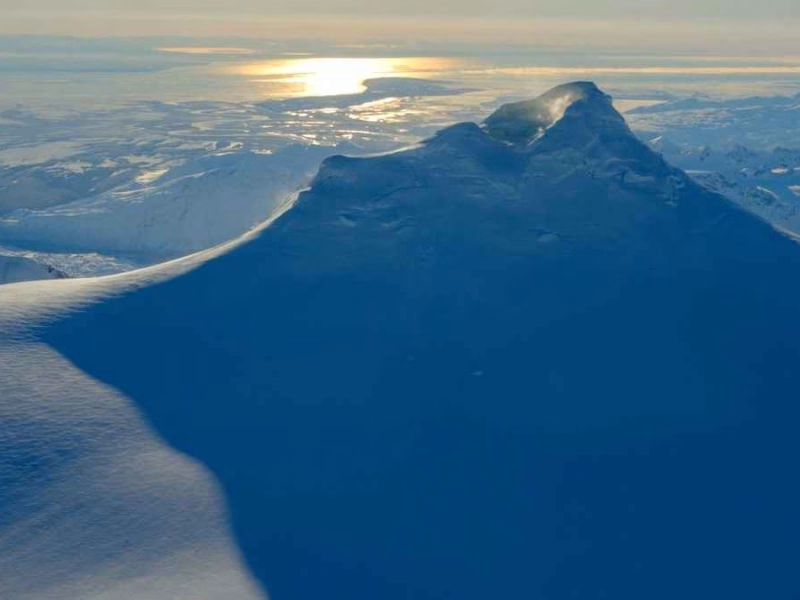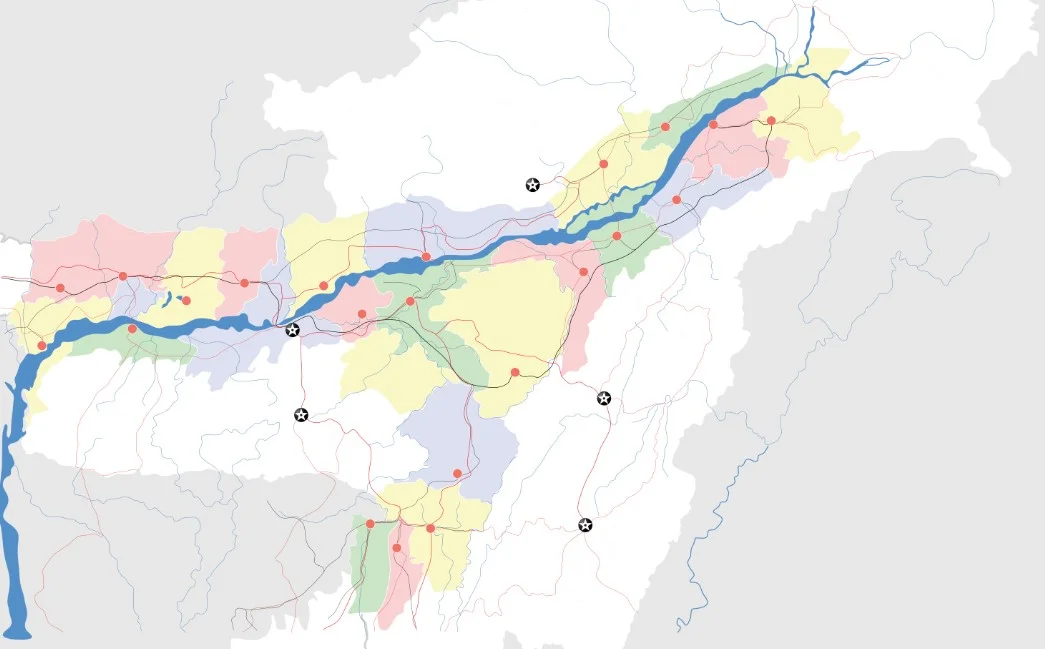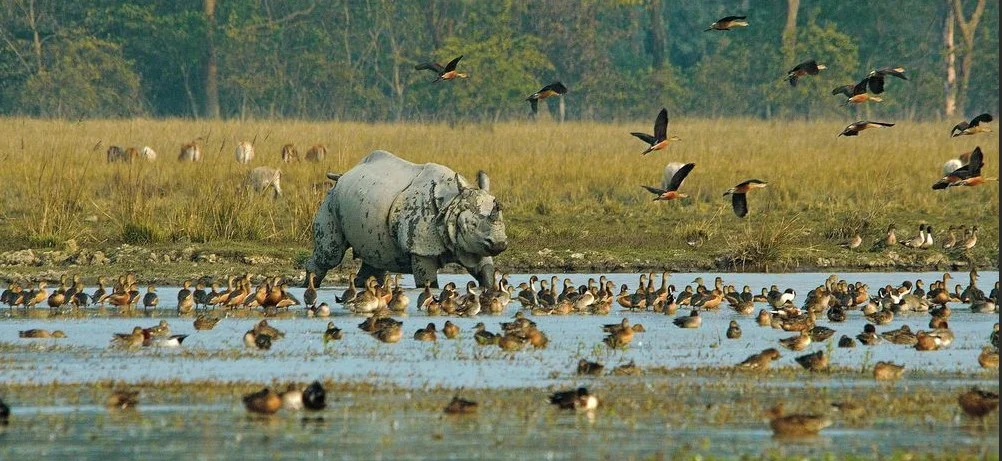Located approximately 130 kilometers west of Anchorage, Alaska, Mount Spurr Volcano is once again drawing scientific attention due to a recent uptick in volcanic activity. A surge of over 50 earthquakes recorded within a single week has raised serious concerns, prompting the Alaska Volcano Observatory (AVO) to monitor the site closely. This seismic swarm signals magma movement beneath the surface, suggesting that an eruption could be imminent. As a result, authorities in Anchorage are taking precautionary measures to mitigate potential ash fallout and other volcanic hazards.
Overview: What You Should Know About Mount Spurr Volcano
- Geographic Location: West of Anchorage, near Chakachamna Lake, within the Aleutian Arc
- Volcano Type: Stratovolcano (also known as a stratocone)
- Notable Feature: A large, horseshoe-shaped caldera approximately 5 km wide, open to the south
Caldera Formation
- Believed to have formed during the late Pleistocene or early Holocene
- Resulted from a massive volcanic collapse, producing pyroclastic flows that devastated the older volcano
- Debris travel distance: Up to 25 km, with some blocks as large as 100 meters
Post-Collapse Landscape
- Several glacially sculpted domes now rise within the caldera
- Mount Spurr is the tallest of these domes
- In 2004, geothermal activity created a small crater lake at the summit, which began accumulating snow again by 2008 as temperatures stabilized
Crater Peak – The Active Sister Dome
- Located 2 km south of Mount Spurr, at the southern opening of the caldera
- Elevation: 2,309 meters (7,575 feet)
- Source of approximately 40 tephra layers (volcanic ash) from Holocene-era eruptions
- Historically the more active vent, with recorded eruptions in 1953 and 1992, both of which caused ashfall in Anchorage
Historical Eruption Timeline
The most recent eruption of Mount Spurr occurred in 1992, originating from Crater Peak. This eruption disrupted regional air traffic and blanketed portions of Anchorage in volcanic ash. Experts now warn that a future eruption could be even more powerful. Forecasts suggest ash plumes might reach altitudes of up to 50,000 feet, posing serious risks to aviation and visibility across Southcentral Alaska.
Current Scientific Observations
AVO scientists have identified several indicators of volcanic unrest:
- Increased seismicity: A sharp rise in earthquake frequency since April 2024
- Elevated gas emissions: Pointing to growing internal pressure
- Ground deformation: Signaling magma intrusion beneath the volcano
- Monitoring limitations: Cloud cover has obscured satellite imagery, complicating observation efforts
Despite these challenges, the data points toward a potential eruption scenario. Authorities and residents alike are urged to stay informed as scientists continue to assess the risk level.












